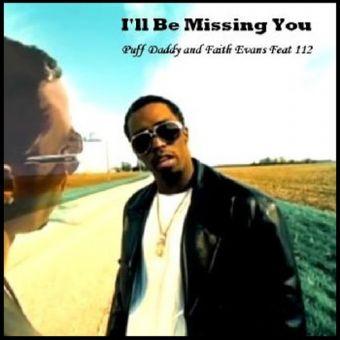|
| Paranoid AndroidRadiohead |
Writer(s):Radiohead (see lyrics here) Released: May 26, 1997 Peak: 3 UK (Click for codes to singles charts.) Sales (in millions): -- Airplay/Streaming (in millions): -- radio, 22.8 video, -- streaming |
Awards:Click on award for more details. |
About the Song:“If you had to play somebody one Radiohead song to convince them of the band's brilliance, it should probably be ‘Paranoid Android.’” RS’11 This is “their first truly original artistic statement” RB and “very possibly the best rock song of the millennium, the last few decades and maybe even ever.” PS’16 “They distilled everything that makes them great, the energy, the beauty, the experimentation, the abrasiveness, the gentleness, the fearlessness, the fears, the transcendence of those fears, the songwriting, the musicianship, the uniqueness, the utter, unadulterated brilliance, the whole ball of wax, into one crazy, untamable beast of a song.” AS “Nothing about ‘Paranoid Android’… makes sense: The chords don’t go together. The sections feel jumbled. There’s no clear narrative. The melodies are too strange. The choir sounds cut off. The song’s too long! But these are also reasons why it's one of Radiohead's best songs.” RB This is “a towering pop mutation” RB “clocking in at a tortured, schizophrenic 6-and-a-half minutes.” BZ It is “as tricky and complex as anything found in ‘70s prog,” DF “a ‘Bohemian Rhapsody’ for the nineties.” AD It also “draws comparisons to The Beatles’ ‘A Day in the Life’” RV and its three stitched-together parts from other songs was inspired by the Beatles’ “Happiness Is a Warm Gun.” RS’11 “tethered…by a pleading urgency in which Yorke lashes out at his unnamed opposition in between distorted guitar screeches and dead-eyed harmonies.” BB Guitarist Ed O’Brien described the song as “Queen meets the Pixes.” RG The initial version was “a 14-minute sprawler that included organ” CS which producer Nigel Godrich said delved into “Deep Purple territory” RG while Yorke jokingly described the song as a “Pink Floyd cover.” FT “The comparisons to ‘Bohemian Rhapsody’ were inevitable, but whereas Queen’s song suite bursts with melodic joy, the moody “Paranoid Android” is full of anxiety and lacks any obvious hooks.” BB “There’s absolutely no interest in coddling listeners or adhering to trends” SA and when Radiohead released it as the album’s first single, they refused to cut it down for radio. RS’11 It is “a lumbering Frankenstein’s monster of sludgy prog-rock and stuttery electronica” SA which “incorporates several different styles into a single bombastic symphony of dread.” RV The epic is packed with “alternating time signatures, wild dynamic shifts, drama and adrenaline to spare.” VH1 “This dizzying suite begins as a creepy lullaby” EX and then “combusts with speaker-blown alt-rock,” EX “morphing and rocketing around like a firework with a broken fuse.” CS“Just when you think you’ve had enough, it slows back down” SP to “the Gregorian-chant pace working subtle magic on our defenses that have already been battered by the first two parts,” AS “before finally being sucked down into hell with a squalling guitar freakout.” EX “Greenwood gives you every reason to practice your air guitar, where everything sounds as if it’s burning down.” CS It is long enough that one of its “three sections…even has its own sub-section. There’s a terrific, jazzy 7/8 part with electric piano and deep-grooving bass; there’s a hefty dose of blistering rock (with two guitar solos); and there’s a truly awesome vocal harmony sequence reminiscent of a load of monks chanting a particularly intense extract from David Bowie’s ‘The Man Who Sold the World.’” QM “Yorke delivers some of his best singing here, pleading for redemption from on high only to be rebuffed by another version of himself snapping him back to reality.” AS Listening to the song is about spending time “with either a manic-depressive or a brief thunderstorm.” SP Yorke wrote it after encountering a woman at a bar who turned violent when someone spilled a drink on her. BZ He said it was about “the fall of the Roman Empire, but good luck finding anything in the lyrics that seem related to that topic in any way.” RS’11 The title refers to Marvin the Paranoid Android from Douglas Adams’ The Hitchhiker’s Guide to the Galaxy, CS but that also seems to have nothing to do with the song. “As unhinged as the lyrics…may seem, there is a consistent thread of dread running through them, the feeling that all of these seemingly unreal acts of tyranny and fascism are committed on a smaller scale every single day.” AS The video “interestingly seems to reflect the sound as heard.” DG-54 “The adventures of the cartoon protagonists seem to match the music.” DG-54 Resources:
Related Links:First posted 6/9/2022. |












